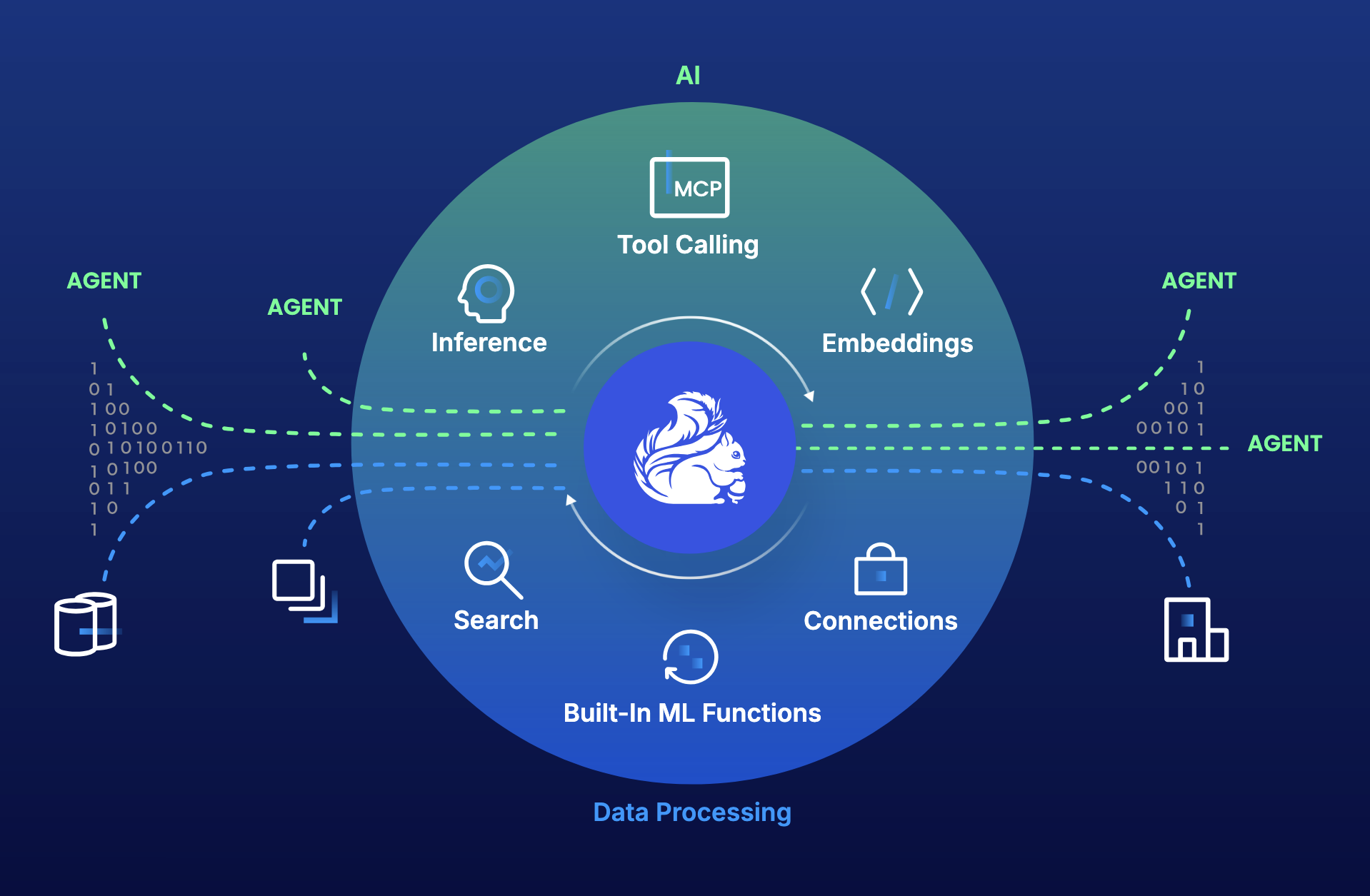In the last six months, AI agent frameworks have exploded. LangGraph, AutoGen, CrewAI, and half a dozen others now claim to be “the future of autonomous software.” OpenAI released a guide. LangChain fired back with a defense of their latest orchestration layer. Twitter, Hacker News, Discord — flooded with demos and diagrams.
But scratch beneath the surface, and most of these frameworks have something in common:
They’re built for show, not for scale.
They confuse abstraction with architecture. They sell magic, not reliability. And the result is what we’re seeing today: a fragmented mess of partial ideas, poorly scoped abstractions, and tools that don’t survive contact with real-world complexity.
The AI Agent Frameworks Boom
The hype has a logic. OpenAI publishes a practical agent guide: clean, deterministic, tool-wrapped logic loops. LangChain responds, defending LangGraph as a flexible orchestration layer that supports both workflows and agents.
Suddenly, everyone’s building something:
-
Agent SDKs for looping LLM calls
-
DAGs for tool routing
-
Plugins for toolkits that no one can explain after a week
Each promises ease. Flexibility. Production readiness.
But almost none are grounded in the actual constraints of real systems.
Coming from software automation in automotive manufacturing, it’s jarring to see how casually most agent frameworks treat state, failure modes, and observability.
The Illusion of Readiness
Demos look magical. They solve toy problems.
But agents don’t fail in toys — they fail in the edge cases, the ambiguity, the statefulness of real-world software.
Here’s what most frameworks get wrong:
-
They hide complexity instead of managing it
-
They bake in assumptions instead of exposing contracts
-
They chase “autonomy” before solving state, memory, or collaboration
LangChain was the first to fall into this trap: too many layers, inconsistent APIs, black-box behavior. LangGraph is the same thing, now with DAGs and more abstraction. Others follow. The result: shiny tools that break under pressure.
These frameworks break when you try to go beyond toy demos:
-
LangGraph’s DAGs make even simple changes painful — adding a conditional branch or a loop means redefining node logic and rewiring edges.
-
The entire LangGraph state model is just a fragile
dictpassed around, making typed, testable logic nearly impossible at scale. -
OpenAI’s Agent SDK pushes handoffs entirely onto the LLM — which means you’re outsourcing core logic to something stochastic, non-deterministic, and often incapable of reliably chaining steps in edge cases.
These aren’t bugs. These are architectural weaknesses baked into the design.
To quote PydanticAI’s brutal accuracy:
“A nail gun isn’t a better hammer. It’s just a tool that’s dangerous if misused.”
What’s Actually Hard About Agents
It’s not about calling tools in a loop. That’s easy. The hard parts:
-
Passing the right context at the right time
-
Maintaining and evolving shared execution state
-
Versioning prompts and behaviors like real code
-
Handling ambiguity, failure, fallback, human intervention
-
Observability: seeing and understanding what the agent is doing — and why
-
Scaling logic without scaling chaos
None of this is handled well by today’s AI agent frameworks. Not one of them is a real software architecture. They’re wrappers. Glue code. Abstraction without leverage.
Overabstract, Underdesign
Let’s call it what it is:
-
LangChain abstracted too early and too inconsistently.
-
LangGraph adds orchestration but no clarity.
-
OpenAI’s SDK simplifies the pattern, but neuters flexibility.
-
AutoGen and CrewAI wrap magic around fragile heuristics.
Everyone is chasing demos. Nobody is thinking like a systems engineer.
When abstractions hide core mechanics — like how context is built, how state is passed, or how tools are invoked — you don’t get simplicity. You get obscurity. And in production, obscurity kills debuggability.
That’s the real gap:
We don’t need more agents. We need better software.
What We Actually Need
This isn’t a tooling problem. It’s a design problem.
We need:
-
Agent logic that behaves like versioned, testable, observable code
-
Context handling that is semantic, not string concatenation
-
Memory that persists intelligently and is composable across agents
-
Prompts that are structured, overloaded, and runtime-resolved
-
Human-AI interaction that is collaborative, not fail-safe fallback
The LLM isn’t the product. It’s a component. The system around it is what matters.
What’s missing isn’t another framework — it’s a new architecture for cognitive execution.
What’s Next
In the next post, we’ll explore what great developer frameworks actually look like.
We’ll look at FastAPI, React, and why their success wasn’t abstraction — it was discipline. Design clarity. Composability. Developer-first architecture.
That’s what agentic software needs. That’s what we’re building.
And if you’re building seriously, you should expect nothing less.
You don’t need another agent framework. You need software that respects your intelligence. Let’s build that instead.





